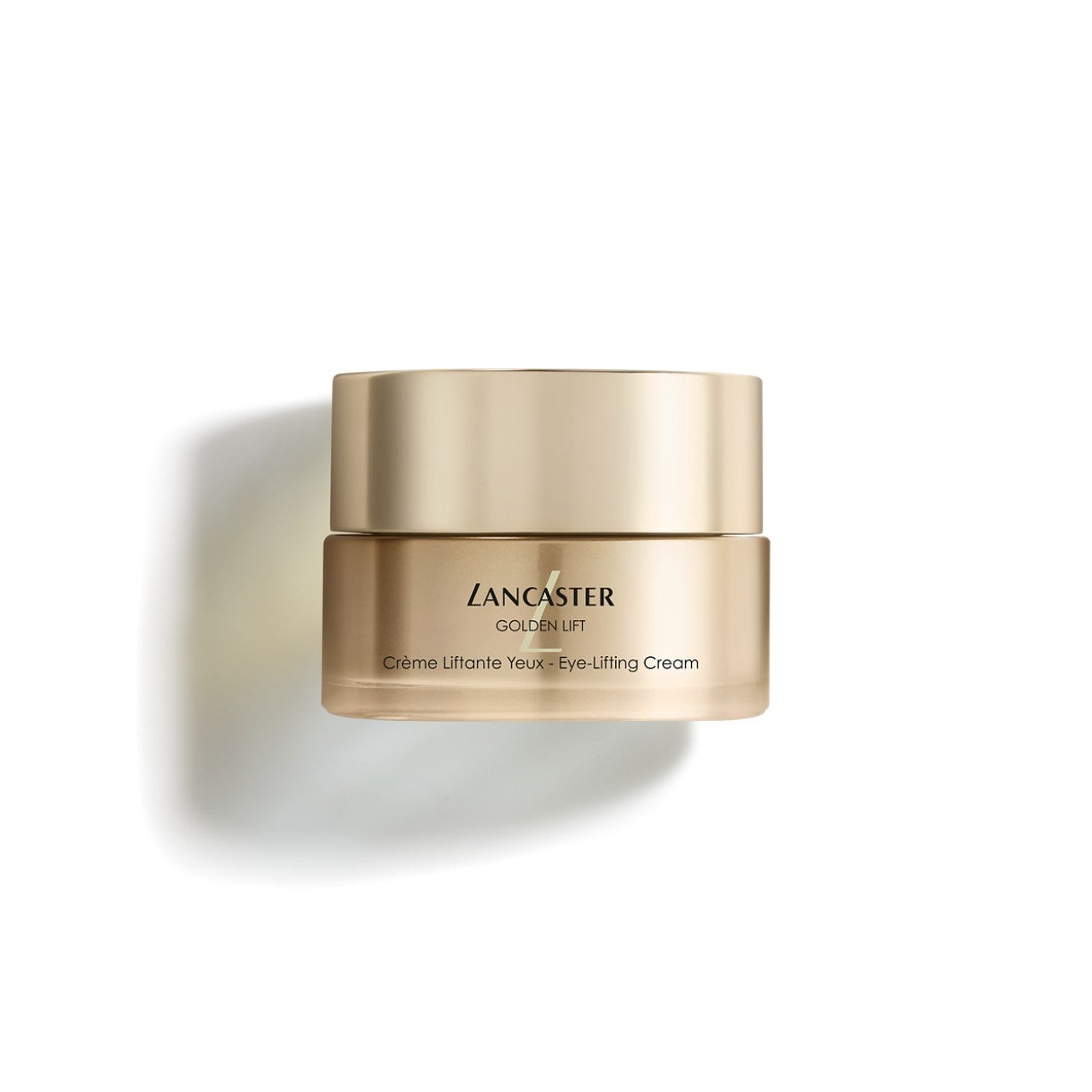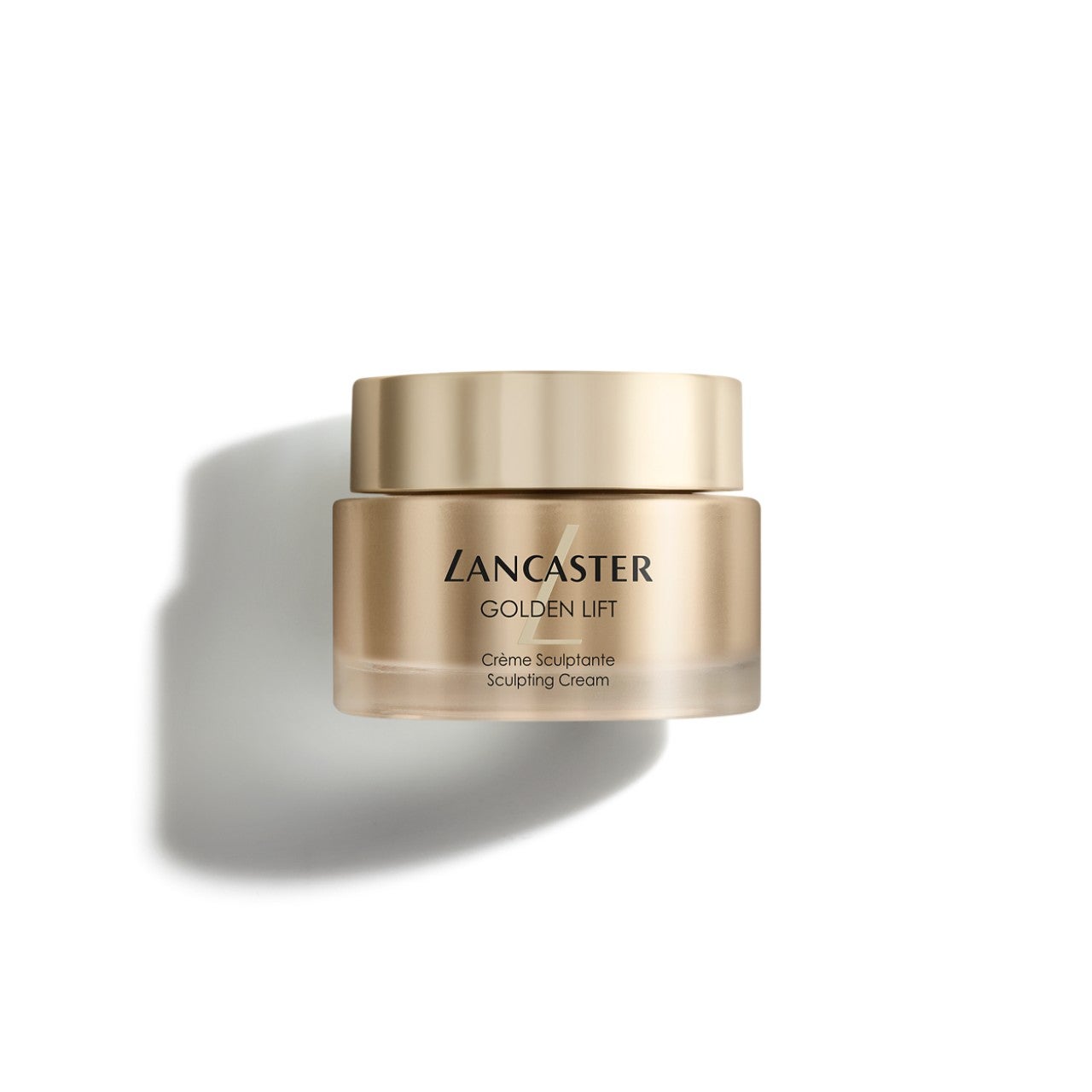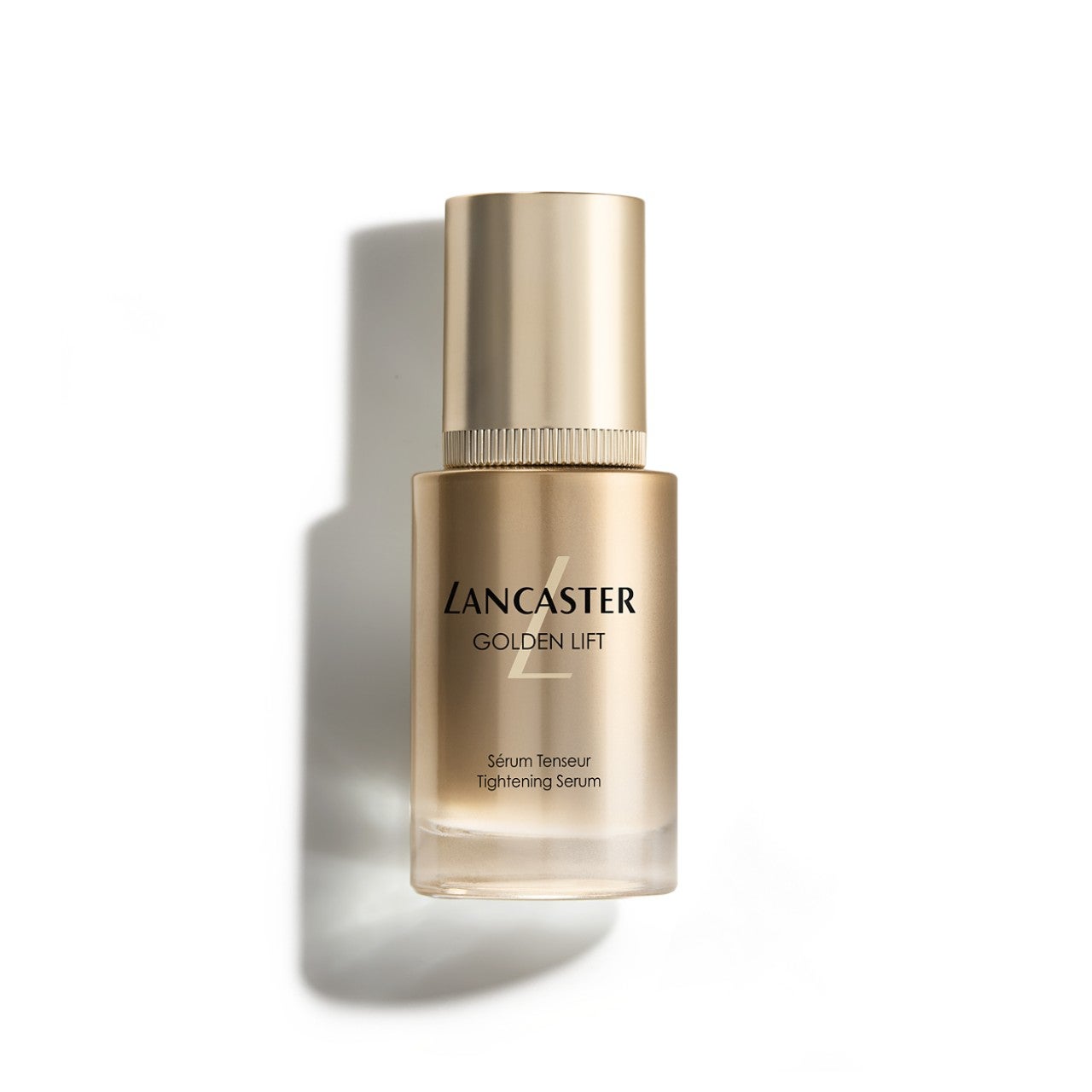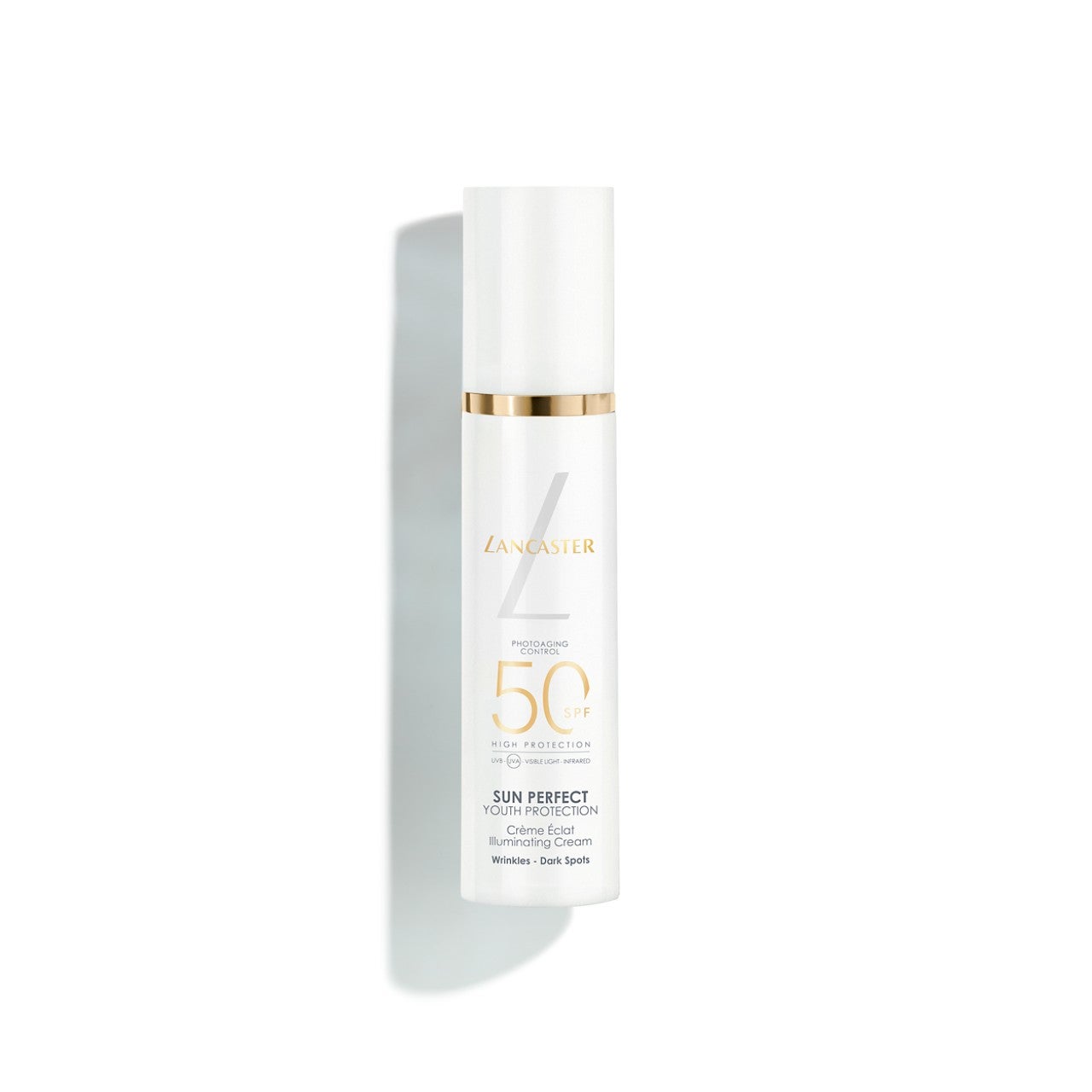Photoageing Is The Skin Concern No One Has Been Talking About — Until Now
Each year, one term dominates the beauty world, influencing everything from skincare products to professional treatments and social media trends. In 2024, “skinification” took over, flooding hair care (scalp serum, anyone?) and even manicures (yes, nail facials are a thing). Fast forward to this year, and the buzzword on the lips of dermatologists and facialists alike is “photoageing,” and no brand understands it better than Lancaster.
Ahead, Dr Florence Nadal, Director of Scientific Communications for Lancaster Monaco, breaks it down.
What is photoageing and how does it damage the skin?
First thing’s first: Ageing is completely natural and normal — and something worth celebrating. But the environment has the potential to speed up that process significantly. Case in point: photoageing, which is essentially premature ageing of the skin caused by the full light spectrum, including UVA, UVB, visible light, blue light and infrared light.
AdvertisementADVERTISEMENT
“Natural ageing, also called intrinsic or chronological ageing, is the natural, genetically driven process of skin ageing, marked by gradual loss of collagen, elasticity and structural integrity over time,” explains Dr Nadal. Photoageing, on the other hand, results from external factors: “This is mainly sun exposure,” says Dr Nadal, “and it leads to premature skin damage like deep wrinkles, pigmentation and skin laxity.”
Sun exposure is the leading cause of photoageing, responsible for up to 80% of those visible signs, says Dr Nadal. It can also lead to dryness by disrupting the skin barrier and depleting natural moisturising factors like hyaluronic acid. Then there are enlarged pores and dark spots, triggered by the overactivation of melanocytes — the pigment-producing cells in the skin.
What causes photoageing in the skin?
You’re already familiar with UV rays: UVA is linked to premature ageing and skin cancer, while UVB causes sunburn. Together, they break down collagen and elastin — the proteins that keep skin firm and bouncy. But UV rays aren’t the only contributors to photoageing.
“The sun also emits visible light, particularly blue light and infrared radiation,” explains Dr Nadal. “These can penetrate deeply into the skin and significantly contribute to photoageing.” Hyperpigmentation and loss of firmness are just a few effects linked to visible light exposure.
How important is wearing sunscreen in preventing photoageing?
Since sun exposure causes the most visible signs of ageing, applying a broad-spectrum sunscreen daily is essential. Look for one that protects against UVA, UVB, visible light (including blue light), and infrared, says Dr Nadal. She recommends Lancaster’s Sun Perfect Illuminating Cream SPF 50, which shields skin from the full spectrum. It’s also infused with niacinamide to strengthen the skin barrier and reduce pigmentation, while glycerin delivers deep hydration. Despite its powerhouse formula, it feels lightweight, so you'll actually want to use it every day.
AdvertisementADVERTISEMENT
Even when the sun’s intensity is lower, Dr Nadal recommends a SPF 50. This is especially important if you use a retinol product in the evening, as your skin can be more sensitive to UV damage.
How can you reverse photoageing?
Daily sunscreen application is non-negotiable. But if you’re already doing that, is there anything that can reverse the signs of photoageing already on your skin? “It is possible to repair your skin with a targeted skincare routine that suits your lifestyle and your skin concerns,” says Dr Nadal — and your first port of call is retinoids.
Retinoids — like retinol and its more powerful, faster-acting cousin retinal — are derived from vitamin A and encourage the production of fresh skin cells, helping to minimise fine lines, wrinkles, pigmentation and uneven tone and texture. Lancaster’s Golden Lift Tightening Serum features both retinol and retinal in an encapsulated formula, meaning they’re slowly released into the skin over time to reduce the risk of irritation.
While a targeted serum is a solid option, consider Lancaster’s Golden Lift Sculpting Cream, a moisturiser that also boasts encapsulated retinol and retinal. Besides these powerhouse ingredients, you’ll find the brand’s Di-Peptide Complex, which enlists skin-strengthening proteins — also known as peptides — to boost elastin further and restore skin elasticity.
Because the skin around the eyes is delicate and more prone to damage, the final step in any skincare routine aimed at minimising the appearance of photoageing is an eye cream. Try Lancaster’s Golden Lift Eye Cream, with the same blend of retinol and retinal (encapsulated to maximise results without irritation), plus the skin-firming Di-Peptide Complex and ultra-moisturising ingredients like glycerin, shea butter and squalane.
AdvertisementADVERTISEMENT











